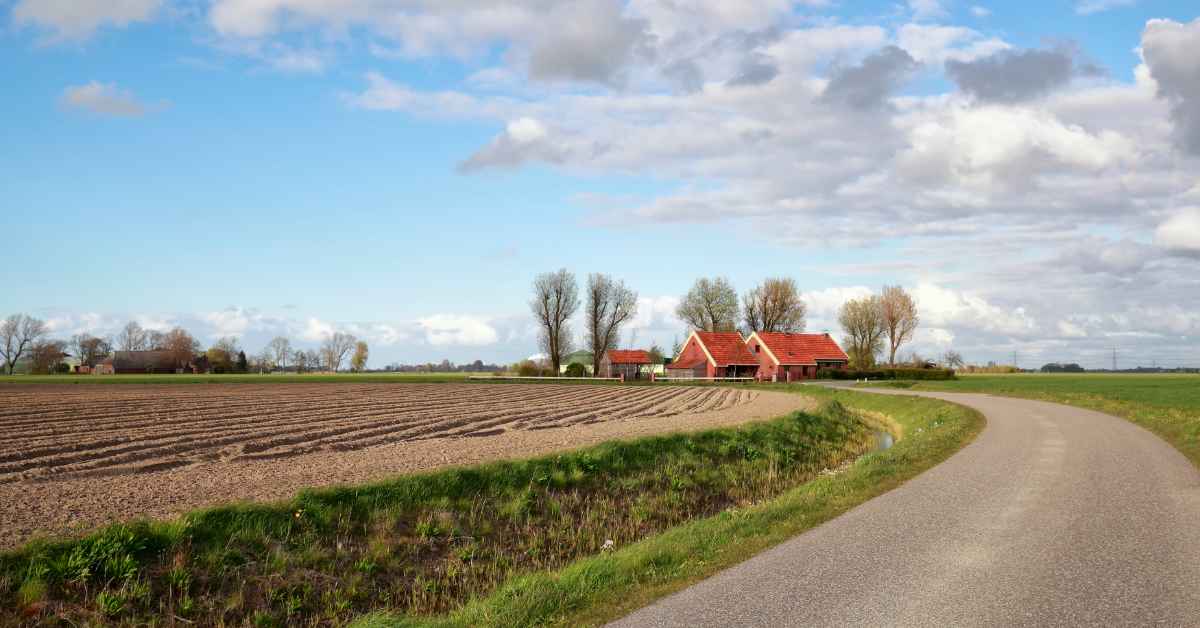Denmark’s population is growing overall, but not everywhere. While major cities expand at record speed, many smaller towns and rural communities are shrinking as young people move away. The divide between urban and rural Denmark continues to deepen, shaping housing markets, infrastructure, and daily life across the country.
Population Rising, but Unevenly
Denmark now has more residents than ever before, with more than six million people spread across its 98 municipalities. Yet this record number hides a striking imbalance. Population growth is concentrated in urban areas such as Aarhus and Copenhagen, where demand for housing has pushed construction to new heights. In the capital, many homeowners earn more from their property value gains than from their regular jobs.
Meanwhile, in smaller municipalities, the situation is very different. Thirty-one municipalities have lost residents since 2010, and forty-two now have an older population than the national average. In seventy municipalities, more people die each year than are born. This trend shows how Denmark’s population distribution is changing faster than many expected.
The Female Flight from Rural Areas
In many smaller towns, young women leave for the cities to pursue higher education and career opportunities, while young men remain behind. The island of Langeland is one of the sharpest examples, where there are now nearly 42 percent more men than women aged 20 to 29. Because of that, the local population keeps aging, and the community slowly loses its vitality. Local businesses struggle to survive as fewer young families settle down.
On Langeland, the total population has dropped by about 12 percent since 2010, and the average age now exceeds 53 years. Many islanders worry that closures of small shops, schools, and local services could make the downward spiral even harder to reverse.
Housing Market Divides the Country
While major cities fight housing shortages and soaring prices, many rural areas face the exact opposite problem: empty houses that no one wants to buy. Thirty municipalities have more vacant homes than the national average, and in seventeen, the price of single-family houses has declined over the past four years. In places like Struer, homes can stay on the market for years before being sold.
For real estate agents, selling property in these areas has become a long game. Some houses have been listed for sale for more than a decade. The imbalance between buyers and sellers makes it extremely challenging to attract new residents, creating a cycle of population decline and economic stagnation.
When Transportation Defines Opportunity
Another major factor behind the population gap is transportation. In some rural areas, public transport is so limited that students must make long commutes to attend school or training programs. In places like Lemvig, daily travel times of over an hour each way push many young people to move to larger towns such as Herning, where they can live closer to their education.
Sometimes, creative solutions appear. In northern Jutland, around Brønderslev, teenagers have started using small enclosed scooters—often called “tuktuks”—to get around when buses are unavailable. It shows both the lack of infrastructure and the adaptability of young Danes facing the realities of rural life.
Interestingly, northern Jutland is also the region where the longest travel distances to youth education programs are measured. Nearly 38 percent of applicants have more than a 45-minute commute to their first-choice program, according to data from Denmark’s Ministry of Children and Education.
Local Politics and the Growing Divide
The growing urban–rural contrast is becoming a key topic in local politics, especially ahead of the next municipal elections. With social media now shaping political campaigns, more candidates are turning to digital tools such as TikTok and other channels to engage younger voters about these regional differences. Still, many Danes remain undecided about how to balance growth across the nation.
Denmark’s challenge is not just demographic but deeply social. Urban centers continue to boom, while smaller communities fade. How the country chooses to respond—in housing, transport, and local governance—will shape its future far beyond the next election.
Sources and References
TV 2 Danmark: Store forskelle på land og by – hvor gode forhold har du?
The Danish Dream: Demographics of Denmark
The Danish Dream: Danish Local Elections Go Viral as Politicians Join TikTok
The Danish Dream: Danish Local Elections See Half of Voters Still Undecided







